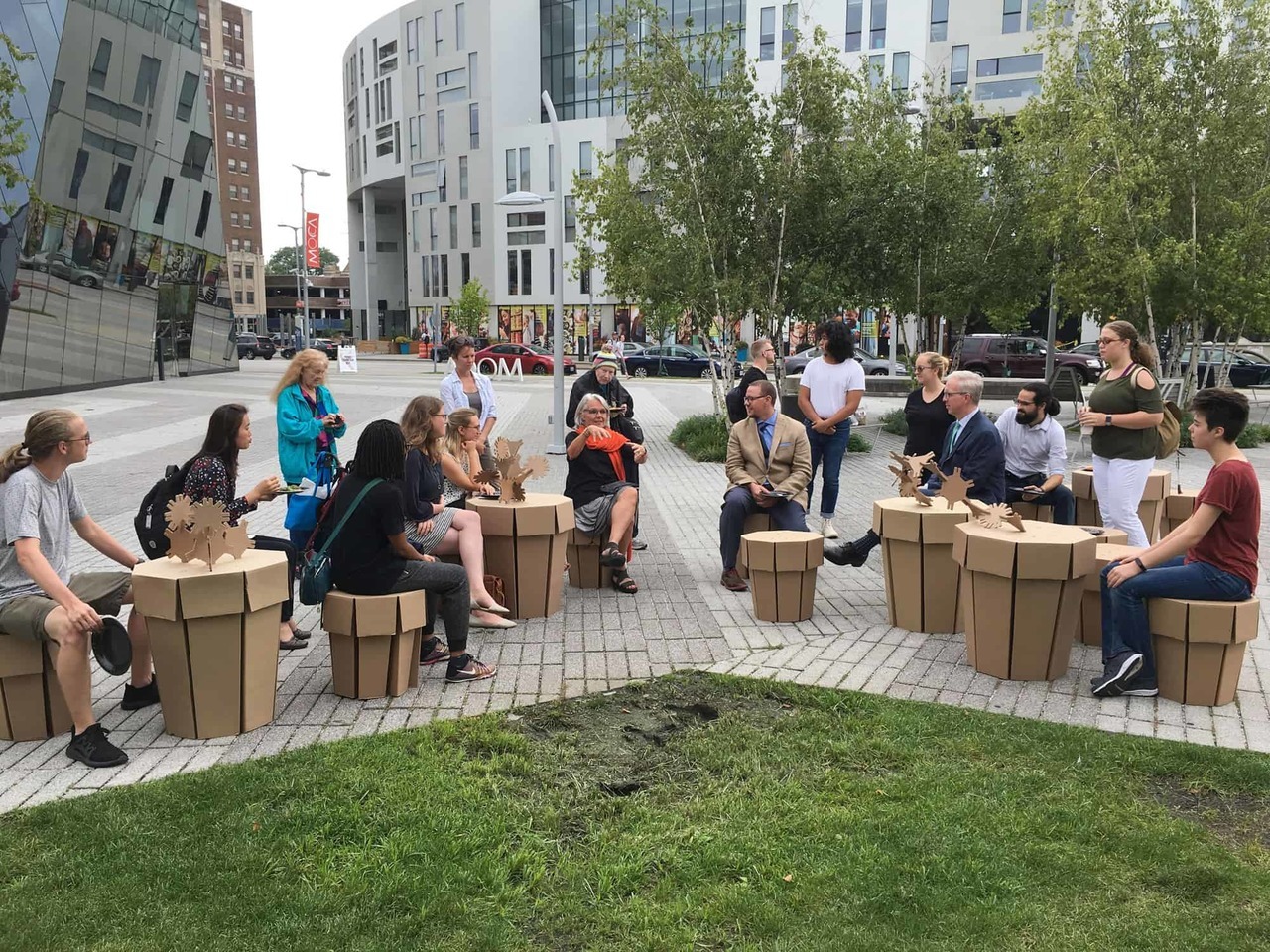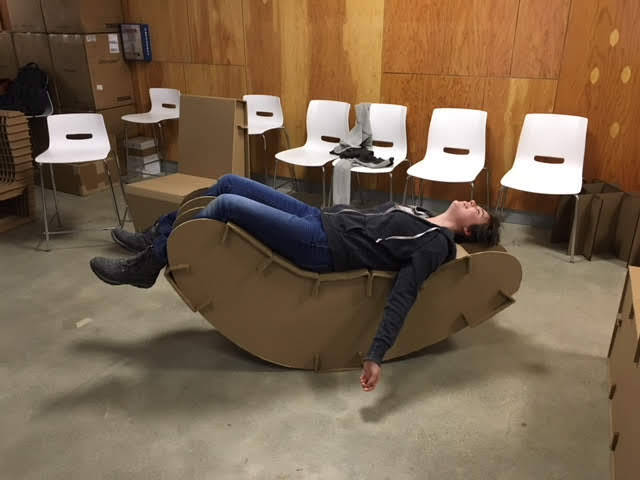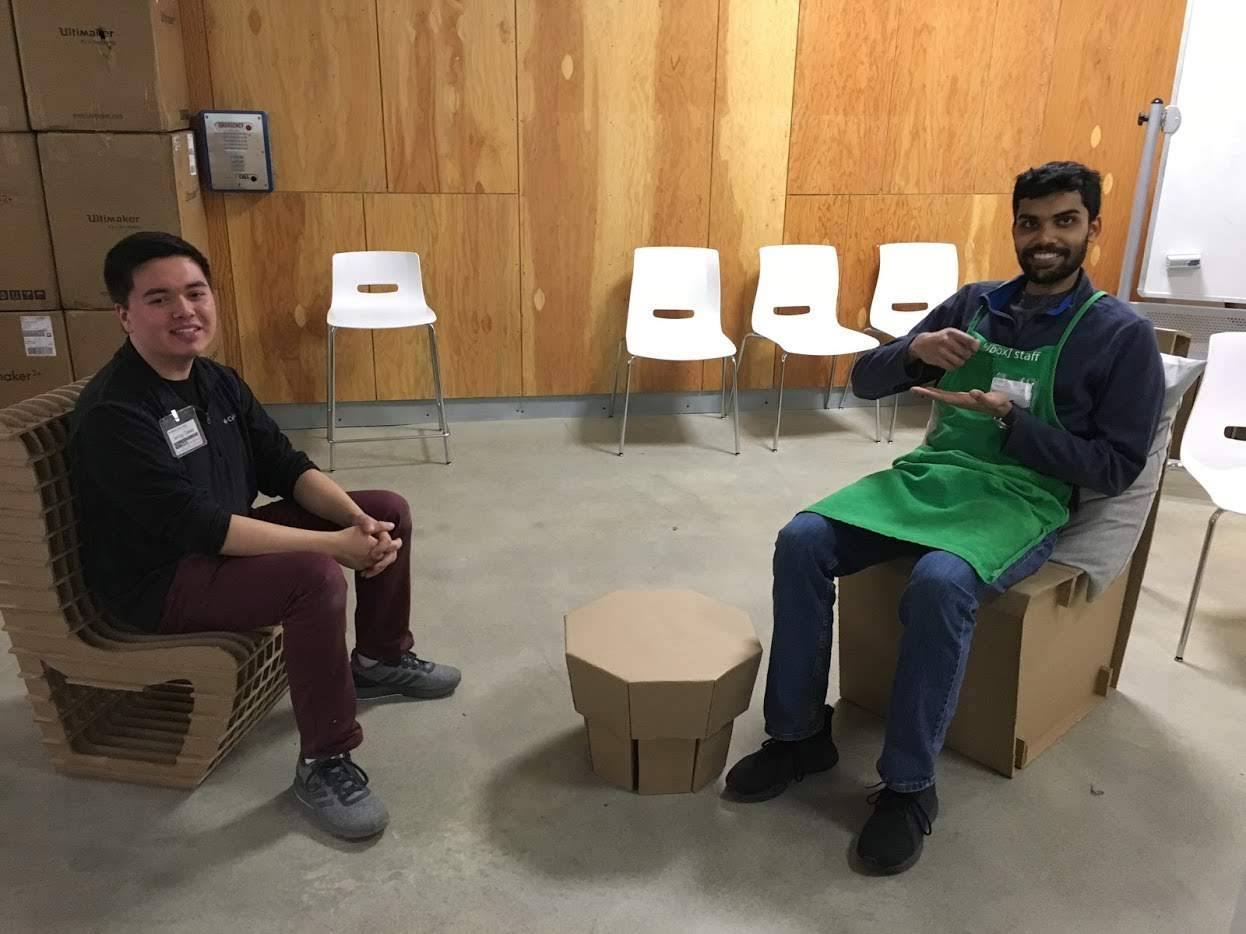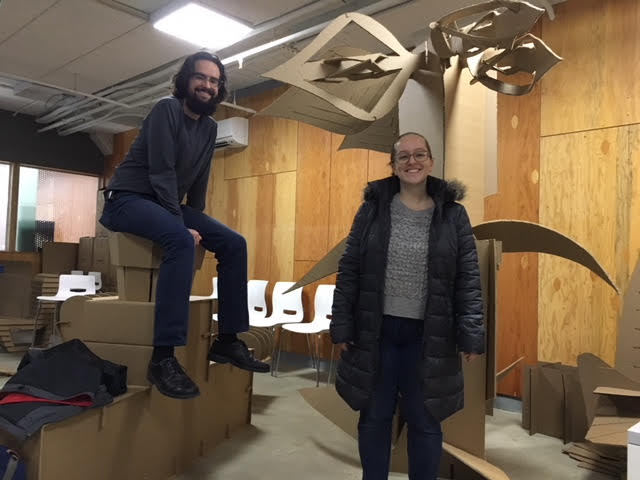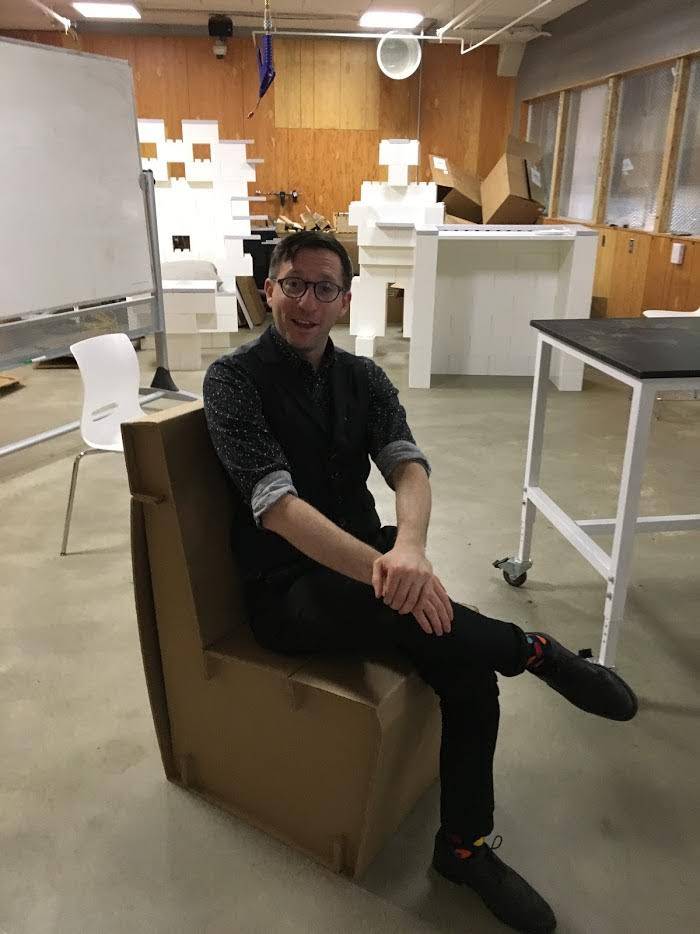"Oh cool, cardboard furniture!"
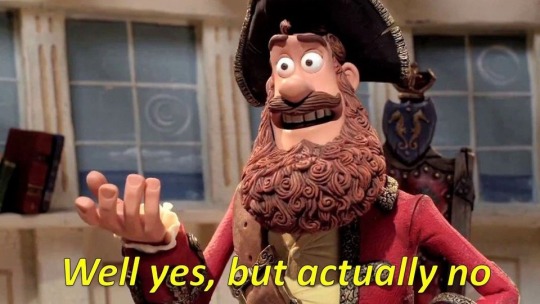
Probably my biggest takeaway from this project is that the material used in cardboard boxes is not cardboard, but corrugated fiberboard. Turns out the industry definition of cardboard is sheet thin paper boards, like the material used in cereal boxes. The wavy fluted paper sandwiched between two flat sheets of paper board that we use in packaging is corrugated fiberboard. However, for the sake of brevity, I'll refer to the material used as cardboard.
"Wait how did you get cardb-, sorry, corrugated fiberboard to support the weight of a human being?"
So while an individual layer of corrugated fiberboard may be weak on its own, there are several techniques to making it strong enough to support a person.
- Material: You can get corrugated fiberboard in different flute sizes, amount of layers, and paperboard thicknesses. The combination of these factors allow us to play with the strength and flexibility of the boards. However, there is a certain threshold where strength increases costs us flexibility in the material.
- Layers: When designing cardboard furniture, adding more layers to the design strengthens the overall design.
- Distribution of Weight: This is arguably the most important design factor of this project. If you were to put force on a single of cardboard, the board would most likely collapse. However if you were to assemble the piece in a interlocked grid, the weight would distribute in multiple directions thus increasing rigidity and reducing the chance for buckling. There are multiple ways of achieving this including but limited to: incorporating folds into the design, using a interlocking grid design, and adding internal ribbing to the design.
The Project
In early 2018, my boss at my university makerspace was approached by the Putnam Art Committee to create a recycled corrugated furniture lounge as a companion piece to the Judy's Hand statue that was being unveiled at Toby Plaza for the 2018 Cleveland Triennial Art Festival. I was recruited along with several other students from CWRU and the Cleveland Institute of Art (CIA).
The team was organized by proposal with 1-2 team members per proposal. We spent about 3 months prototyping, designing, and fabricating the design prototypes. In May, the proposals were presented to the Putnam committee who then chose the final design. Afterwards, the team fabricated about 30 furniture pieces for the lounge.
Design Proposals
These are the proposals we submitted to the committee:
1. Basic Chair
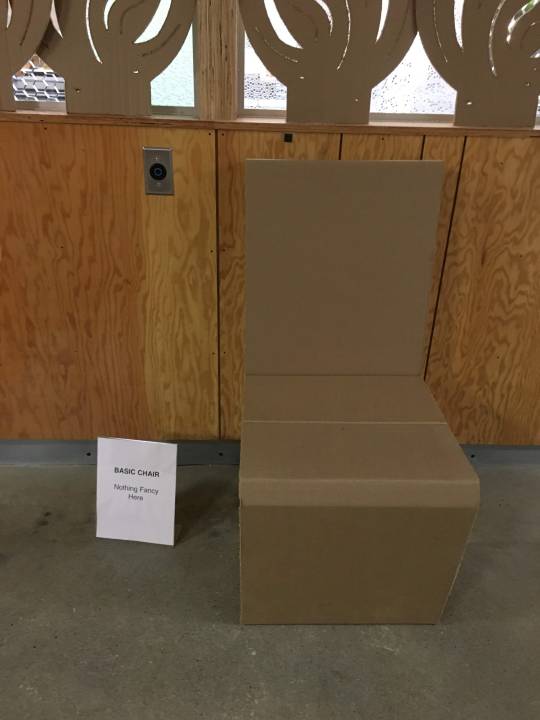
2. Flower Pots

3. Grid Chair - my design!
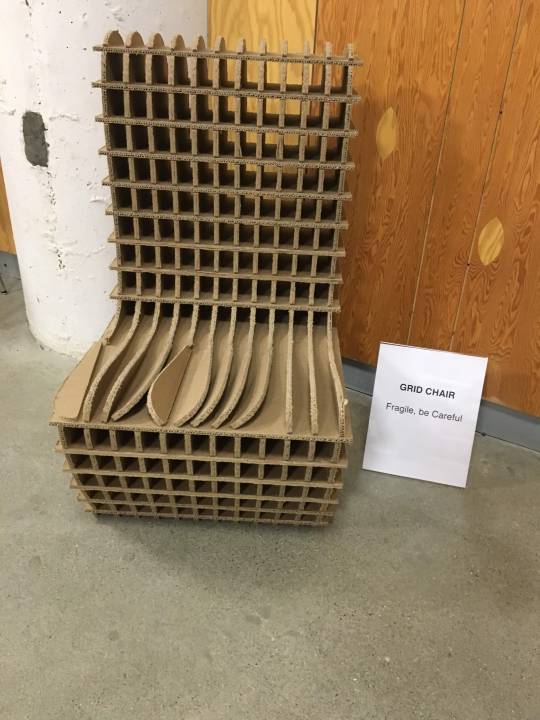
4. Banana Chair

5. Shade Tree
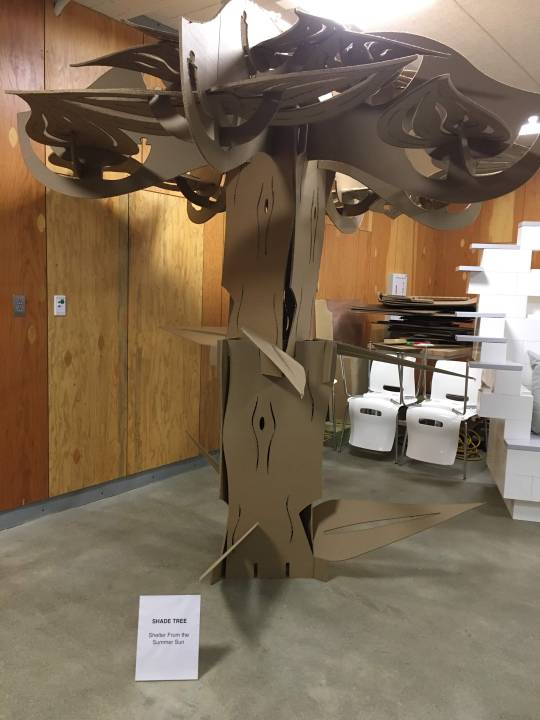
6. T Shape

7. L Shape
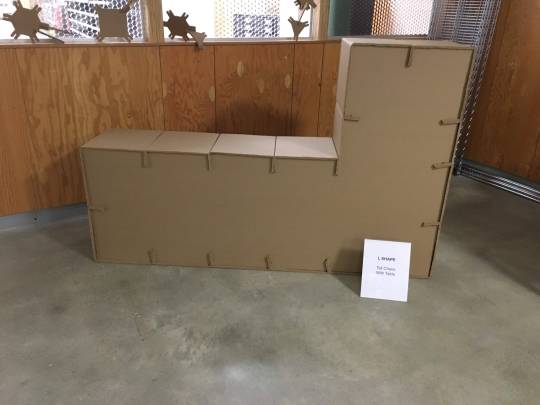
Final Product
The committee ultimately chose the Flower Pot chair and table design as it was rugged and aesthetically pleasing, and that it provided seating and eating surfaces as well as decor. The Corrugated Furniture Lounge debut during the installation of the Judy's Hand statue in July and remained there for the rest of the festival.
A special thanks to my teammates Ian Charnas, Claire Barratt, Matthew Canel, Andrew Dupuis, Kate Hart, Raymond Krajci, Ryan Laganson, and Yanzhou Wang
